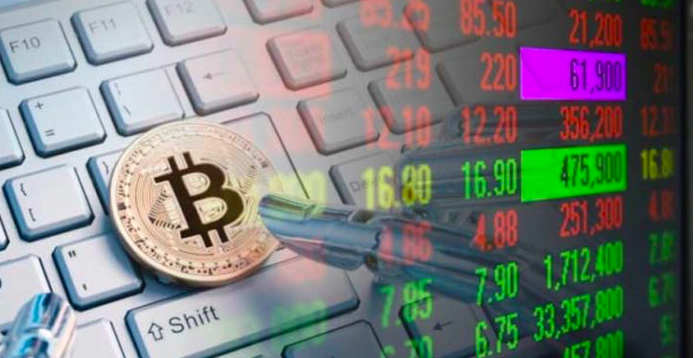摘要: Automated trading systems, also referred to as mechanical trading systems, algorithmic trading, automated trading or system trading, allow traders to establish specific rules for both trade entries and exits that, once programmed, can be automatically executed via a computer.

The trade entry and exit rules can be based on simple conditions such as a moving average crossover, or they can be complicated strategies that require a comprehensive understanding of the programming language specific to the user's trading platform or the expertise of a qualified programmer.
A new report from the office of New York Attorney General Barbara D. Underwood claims that bots are regularly manipulating prices of Bitcoin and other cryptocurrencies, causing concern among key financial regulators. It was cited by the Securities and Exchange Commission (SEC) when it rejected several bitcoin ETF applications in August.
These bots aren’t illegal, aren’t always designed to manipulate prices, and are commonly found in traditional markets like stocks and bonds. However, it’s the lack of oversight found across cryptocurrency exchanges that make the market ripe for abuse.
Traditional markets are heavily regulated and require exchanges to utilize surveillance software to monitor for any illegal trading activities, such as spoofing – the act of placing a large order to buy or sell an asset to influence the direction of the market, only to pull the order after the market responds.
Bots Of Virgil Capital
Stefan Qin, the managing partner at cryptocurrency hedge fund Virgil Capital, has verified that his company uses its own bots to battle “enemy” bots on dozens of cryptocurrency exchanges worldwide. His company has built error handling functions to identify activities that are potentially illegal, referencing the crypto sector as the “Wild West of Crypto.”
Virgil, which practices in arbitrage, suffered a “harassing bot” earlier this year that targeted specific ether trades causing losses. The firm was checking prices every minute scanning for arbitrage opportunities with cryptocurrency prices. The hostile bot would post and order to sell ether at a price lower than what other sellers were offering, prompting Virgil to try to make a buy. Right before Virgil completed the purchase, the bot would cancel its sell order. As a result, Virgil posted buy orders that never got executed, which increased the price on other exchanges, according to Qin.
This practice of forging orders and then canceling them is recognized as “spoofing,” the end goal of which is to generate the hypothesis that supply or demand for an asset is higher than it actually is. U.S. futures and stock markets outlawed the practice in 2010, but there have long been allegations that it is taking place in the crypto markets.
Pump-And-Dump Schemes Supported By Bots
An added case of price manipulation in digital currencies is trader Kjetil Eilertsen, who began trading Bitcoin (BTC) in 2011. Eilertsen reportedly began a program called Quatloo Trader, that was promoted as “the best market-manipulation tool in the world of crypto.” The idea of the program is to make market manipulation easier by using built-in tools like a special tab called “whale tools,” which executes several “abusive strategies.”
Eilertsen told that it is pointless to ban manipulation in digital currencies and that it would more effective to provide manipulation tools to small traders.
轉貼自: Wall Street Journal


留下你的回應
以訪客張貼回應